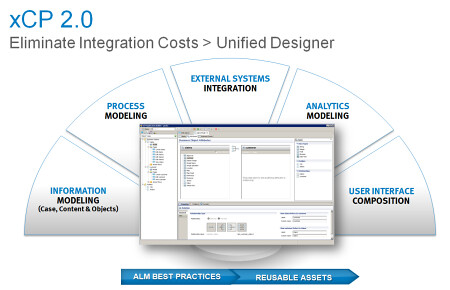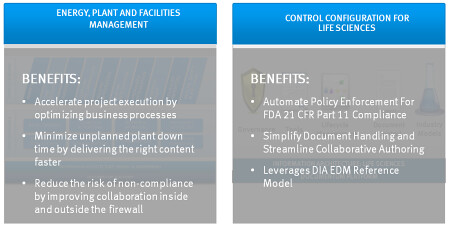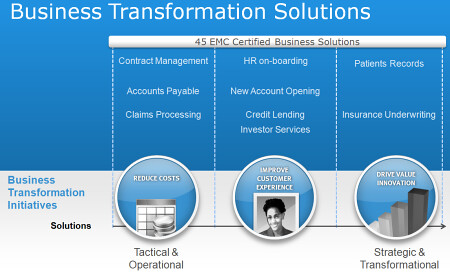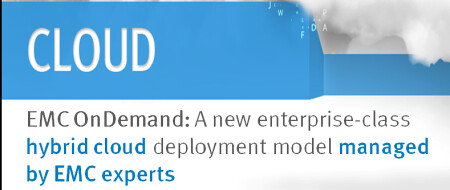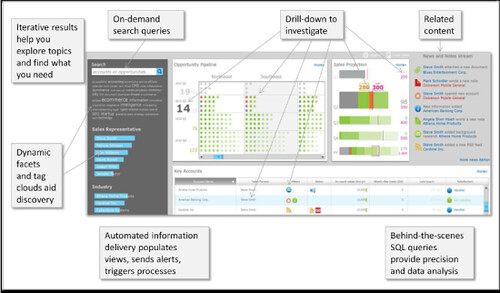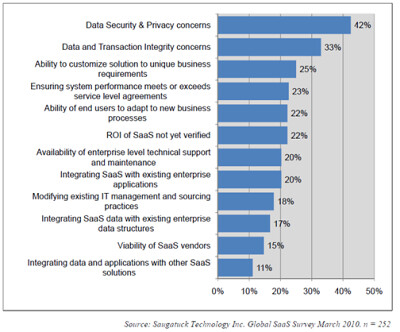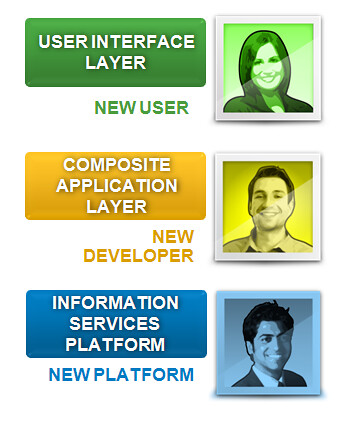It has been almost a year since we acquired the D2 technology and xCP 2.0 has reached the key milestone of release candidate and will be released later this year. With these 2 products, EMC IIG has an extraordinary technology stack.
D2 is not only a great portal interface, it is an amazing rules engine for content. xCP 2.0 is a best of breed application composition platform for custom line of business applications that need to leverage content, process and analytics. Both of them are built on a great platform. Ahson Ahmad recently wrote about the enhancements we have made to our platform with Documentum D7.
D2 Configuration - The Rules Engine for Content
At the heart of Documentum D2 is a powerful rules engine for content that helps address some of the key shortcomings encountered in ECM projects:- Fast time to value. Through rapid configuration of information management rules, content applications can be rapidly configured to meet business requirements.
- Consistent information rules and governance. This is critical to the success of an ECM project. Without proper information rules, a content repository is not much better than a file share. It quickly becomes another digital landfill where information gets added but cannot be found nor leveraged. Successful ECM implementations leverage context, content, and user actions to classify information and trigger the right policies (security, metadata, etc.). However, in order to drive adoption, it is critical to minimize the user actions needed. D2 provides a high level of configurability to minimize user actions and maximize user acceptance and productivity.
- Great user experiences. User experience is paramount to user acceptance. To that effect, it is important to be able to create modern, responsive and contextual user experiences for accessing content. D2 leverages the power of its configuration engine to enable highly contextual user interfaces. Its widget based user interface provides a highly flexible paradigm to create composite views of information.
xCP Designer - Advanced Custom Applications Built Without Coding
With xCP 2.0, we have rethought the way advanced custom applications get built without coding. The xCP 2.0 Designer provides a unified application composition environment to model the information, business logic and processes that interact with information, integrate with external systems, leverage process and content analytics and rapidly compose the application user interface. Content analytics is at the heart of building information models with xCP 2.0 providing the ability to semantically extend information models and leverage discovered metadata throughout the application.What does this mean for you?
So what does this mean for your business? And how can this accelerate the delivery of tangible solutions to your business problems? Let's explore the implications for different stakeholders:- If you are a line of business unit: Businesses have immediate problems that need to be solved. Off-the-shelf solutions provide accelerated time to value to address a specific class of problems. Leveraging a solution platform enables the rapid configuration of these solutions. This provides significantly more flexibility that traditional packaged applications. Craig Le Clair, from Forrester Research, frames it quite well in his "Stuck in Cement: When packaged apps create barrier to innovation" research. In concrete terms, how quickly can an energy company deploy a plant and facility management solution to support the construction of an oil rig or a refinery? What solution can they use to manage the Standard Operating Procedure for operating drilling equipment?
EMC IIG provides productized solutions to deliver such value for the Energy and Life Science industries.
IIG Partners solutions provide EMC Certified Business Solutions to accelerate time to value for a wide spectrum of business transformation initiatives: from the tactical and operationally focused (for instance cost reduction initiatives) to the strategic and transformation looking to drive value innovation (for instance looking to enable new ways of doing business).
- If you are a line of business IT: Line of business IT needs to respond rapidly to changes in the business environment without needing to undertake higher risk and lengthy customization projects. Both D2 configuration capabilities and xCP application design environment enable Line of Business IT to quickly evolve their applications while minimizing both cost and risk. In addition, EMC OnDemand provides a cost effective deployment model for rapidly standing up new business solutions and can be a cost effective option for complementing corporate IT services.
- If you are corporate IT offering shared services: Corporate IT can offer a shared service infrastructure that can be quickly adapted to serve the needs of business units. Leveraging both the D2 and xCP infrastructure, corporate IT can create an application factory as a shared service, and offer such platform as a service where multiple applications can be deployed on a shared infrastructure. In addition, investments made to tightly integrate with VMware private cloud technologies provide additional flexibility for managing such shared application infrastructure.

